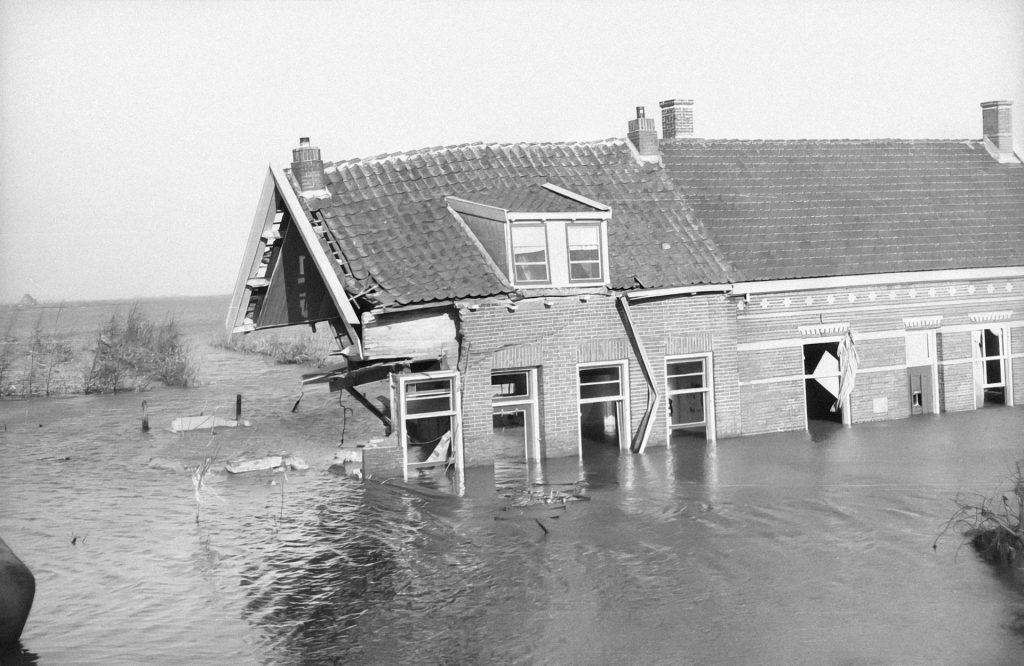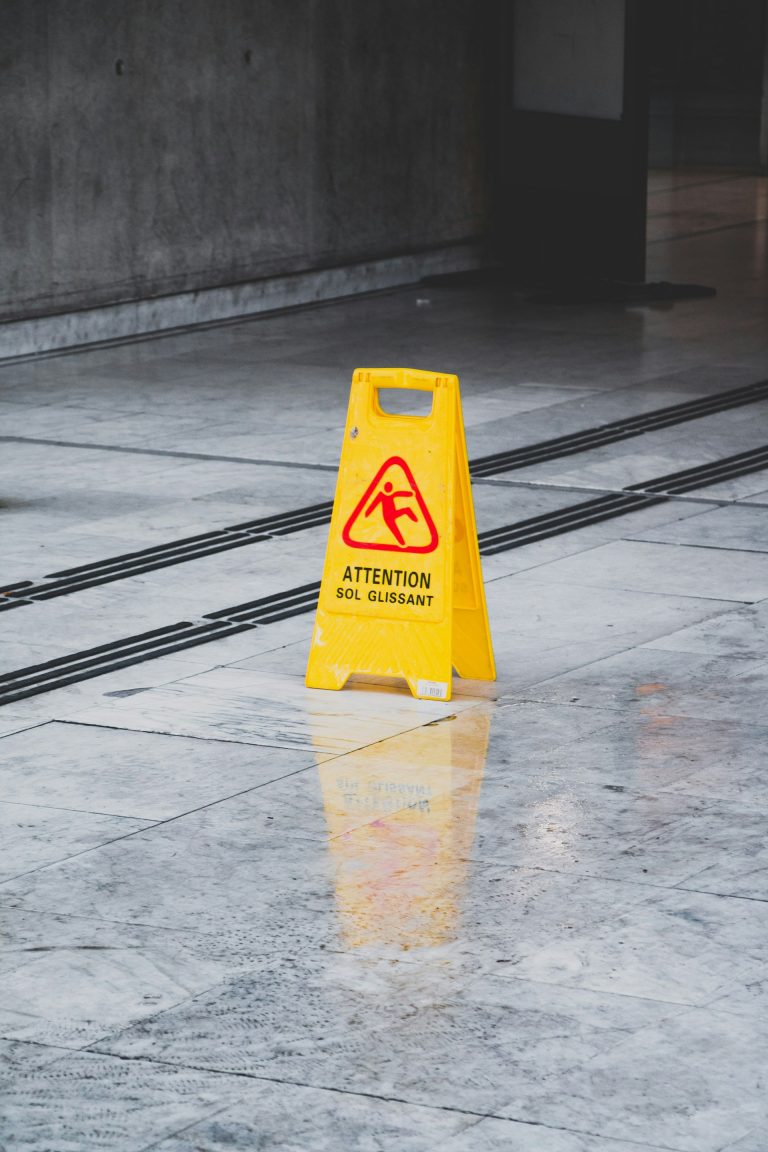
The following content was prepared in the aftermath of the 2013 Southern Alberta Flood. It has not been maintained in the years since then but is preserved for updating and use in the event of a new major flood in Canada.
This is a condensed overview of emergency preparedness before, during and after a flood. The WaterPortal will take steps to ensure that Albertans and the water community are kept up-to-date on emergency procedures and this page will be updated periodically but there may be instances where information is not as current as it can possibly be. It is the responsibility of the individual to stay informed about emergency procedures and current practices. For comprehensive guide and step-by-step instruction read the following documents visit the Alberta Emergency Management Agency’s Flood Preparedness document and Floods: What to do? by Get Prepared.
Coping with the aftermath of flooding can be stressful and traumatizing. Governments of Provinces and Territories have resources and strategies to help those affected cope after a traumatic event.
If you choose lend a hand with cleaning up make sure you stay safe. Flood water may contain raw sewage or chemicals so it is important to take the right precautions when volunteering to clean up

Be cautious when donating money because fraudsters and scammers will sometimes mimic the names of recognizable organizations, particularly in times of emergency.
Roads, bridges, campgrounds, day use and staging areas, boat launches, trails and other provincial park facilities were badly damaged during the flood. Register at (http://albertaparks.ca/floodvolunteer.aspx) to stay informed about volunteer opportunities in our provincial parks.
Habitat for Humanity Southern Alberta ReNewal Program: this program is focused on helping to repair homes damaged in the flood. Visit here for information the Habitat for Humanity Renewal website for more information or sign up to volunteer.
We provide Canadian educational resources on water practices to promote conservation and sustainability. Our team crafts current and relevant content, while encouraging feedback and engagement.
The Canada WaterPortal is a registered charity, #807121876RR0001
We recognize and respect the sovereignty of the Indigenous Peoples and communities on whose land our work takes place.
© 2025 All Rights Reserved.